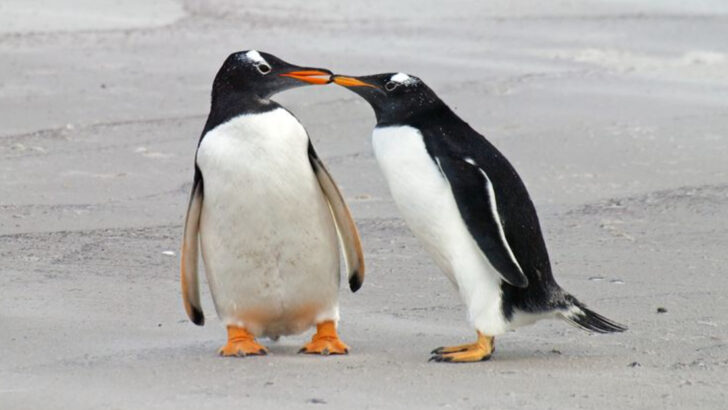Penguins are so much more than adorable waddlers in tuxedos. These birds have secrets—wild, bizarre, and sometimes downright shocking facts that make them even more fascinating.
Did you know some penguins propose with pebbles? Or that they can drink salt water like it’s nothing? And let’s not forget their parenting skills—some species endure months of starvation just to keep their eggs warm in the brutal cold.
But it’s not all chilly adventures. Some penguins prefer tropical beaches over icy landscapes, while others have been known to throw some serious shade at humans who get too close. They might look cute, but they’re feisty, fast, and full of surprises.
Get ready to see these iconic birds in a whole new light. From underwater acrobatics to secret survival tricks, penguins are far from ordinary!
Penguin Parenting Prowess
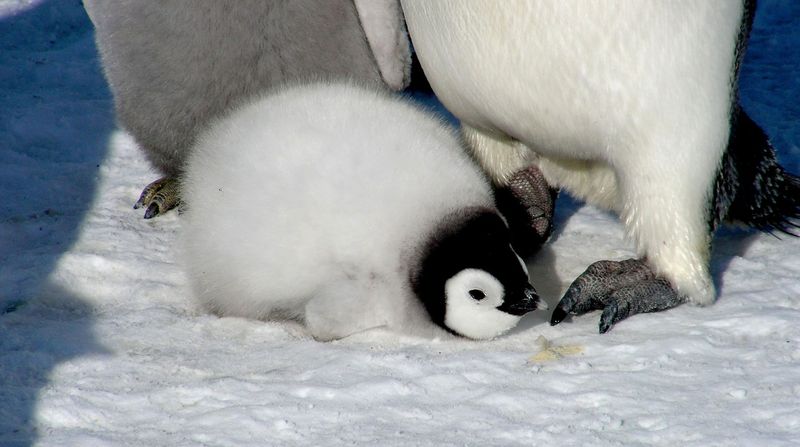
Penguins are exemplary parents, demonstrating remarkable dedication and care for their offspring. Both mother and father share the responsibility of incubating the eggs, taking turns to ensure their chick remains warm and protected. This cooperative approach showcases their strong bond and teamwork. In some species, such as the Emperor penguin, the male takes on the primary role of incubation while the female replenishes her energy at sea. Their nurturing instincts extend beyond hatching, as they continue to feed and guard their young. Penguins’ parental care is a testament to their commitment, ensuring their chick’s survival in harsh conditions.
Adaptations to Aquatic Life
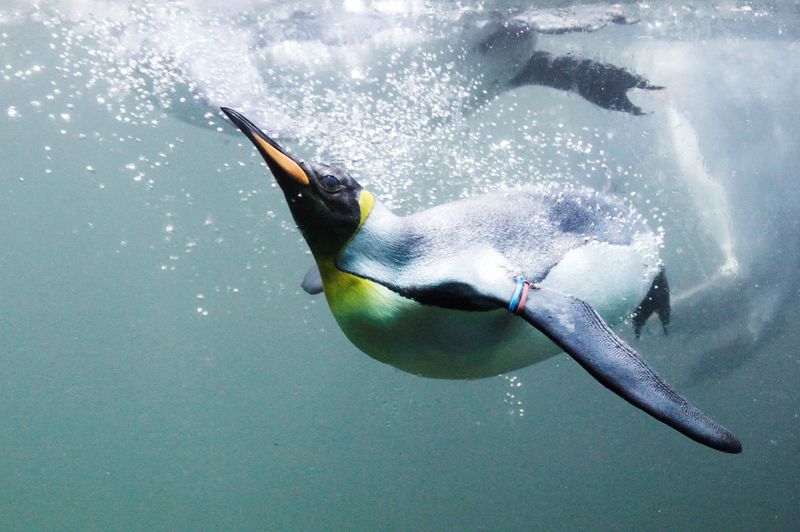
Penguins are perfectly adapted to their aquatic lifestyle, with bodies streamlined for swift swimming. Their powerful flippers act like oars, propelling them through water with grace and agility. This adaptation is crucial, as they spend a significant amount of time hunting for fish and krill. Their eyes have evolved to see clearly underwater, aiding in the detection of prey. Penguins can dive to impressive depths, with some species reaching over 500 meters. Their ability to hold their breath for extended periods allows them to thrive in marine environments, showcasing their mastery of the ocean world.
The Penguin Waddle
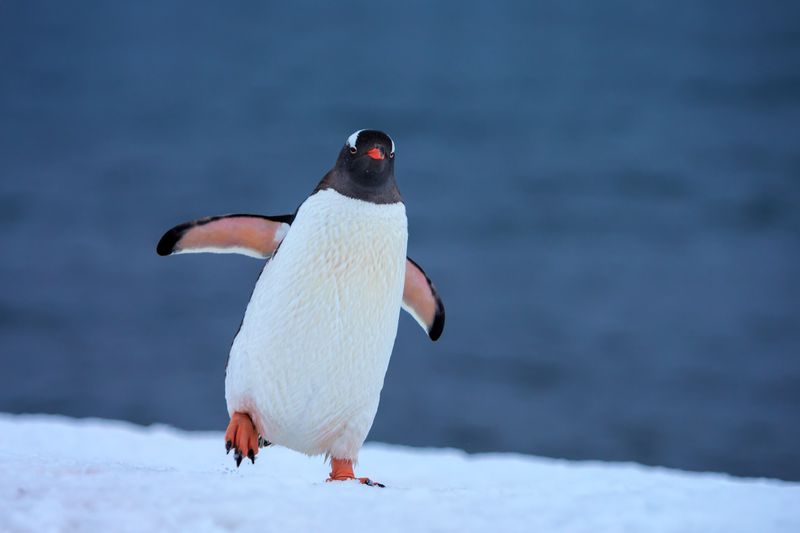
The iconic penguin waddle is not just charming but also an efficient way to move across slippery surfaces. Their short legs and webbed feet contribute to this distinctive walk, which conserves energy over long distances. By rocking side to side, penguins minimize the risk of slipping on ice. This unique gait is an adaptation to their environment, enabling them to traverse icy landscapes with ease. Although seemingly awkward on land, penguins’ waddling is a testament to their adaptability. It allows them to cover ground efficiently, balancing the challenges of their habitats with their need to travel.
Penguin Communication Skills
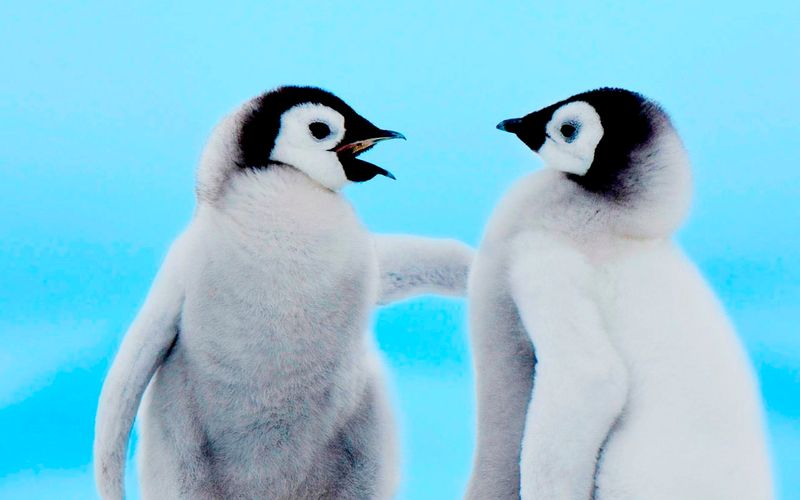
Penguins boast a rich array of communication skills, essential for maintaining social bonds and coordinating group activities. They use vocalizations, such as brays and whistles, to identify mates and offspring in crowded colonies. Body language also plays a crucial role, with head-bobbing and flipper-waving used to convey messages. These interactions underpin their complex social structures, fostering cooperation within groups. Penguins’ ability to communicate effectively ensures their survival, facilitating mating, foraging, and chick-rearing. Their dynamic communication methods highlight their intelligence and adaptability, enabling them to thrive in bustling and often chaotic environments.
Thermoregulation Abilities
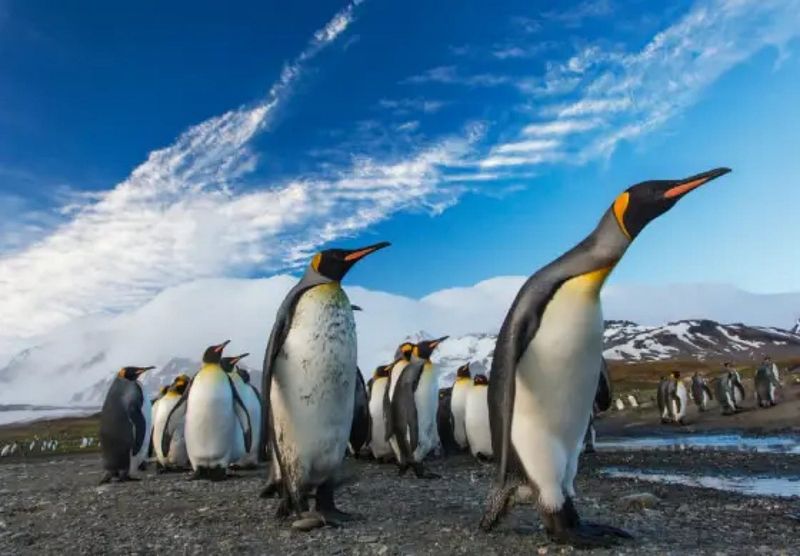
Penguins excel at thermoregulation, maintaining their body temperature in extreme conditions. Huddling together is a common strategy to conserve warmth, with individuals taking turns on the outer edges and benefiting from shared body heat. Their feathers provide excellent insulation, keeping cold air and water at bay. Penguins also have a layer of blubber for additional warmth. Some species can regulate blood flow to their extremities, minimizing heat loss. These adaptations are vital for survival in frigid environments, allowing penguins to endure icy temperatures while conserving energy. Their resilience is a remarkable feat of nature’s engineering.
Unique Breeding Habits
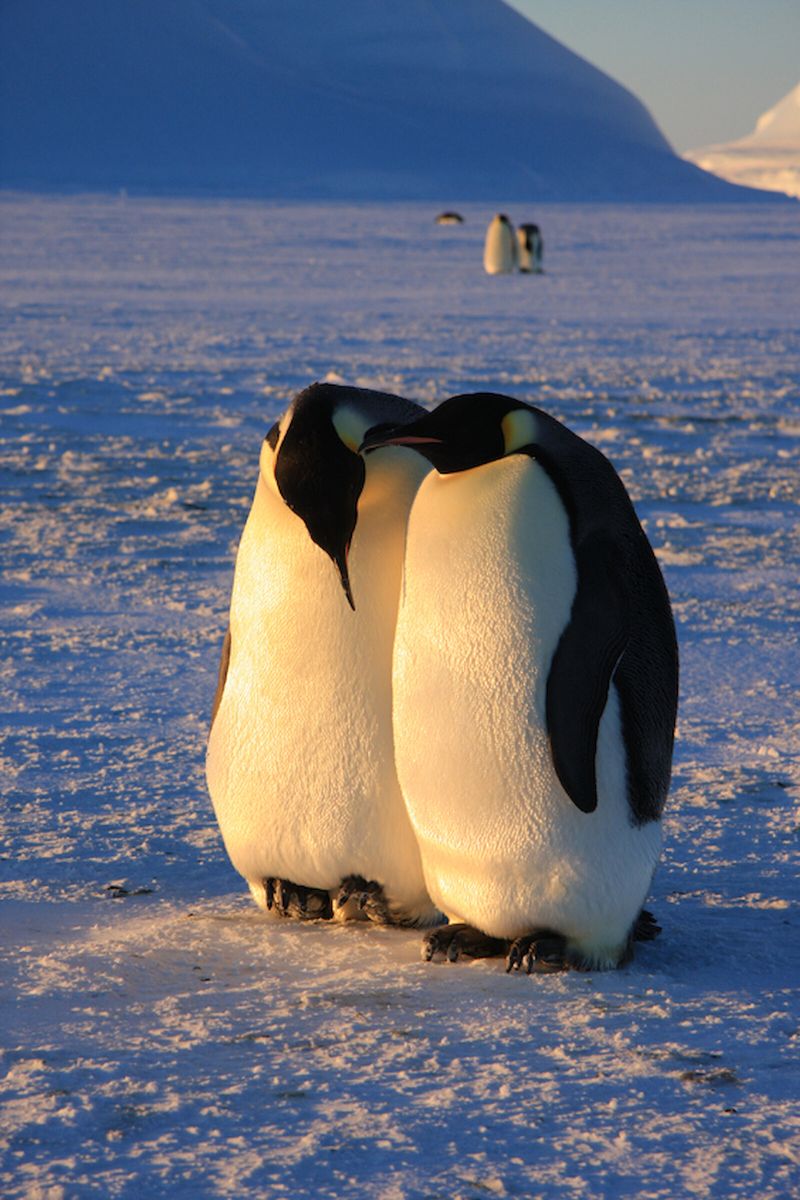
Penguins exhibit unique breeding habits, often nesting in challenging and varied environments. Some species lay eggs on rocky cliffs, while others prefer sandy beaches. These nesting sites offer protection from predators and environmental hazards. During breeding season, penguins display elaborate courtship rituals, including vocal displays and gift offerings. Once a mate is selected, they form strong pair bonds, often returning to the same partner each season. Their commitment to breeding success is evident, as they invest time and energy in raising their young. Penguins’ diverse breeding strategies highlight their adaptability and dedication to ensuring their species’ continuation.
Penguins’ Stunning Diversification
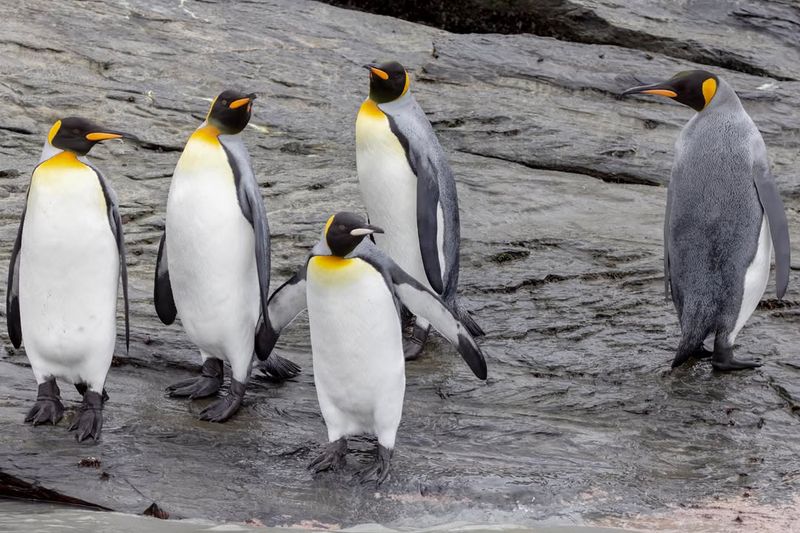
Penguins come in various shapes, sizes, and colors, showcasing stunning diversification among species. From the towering Emperor penguin to the petite Little Blue penguin, each species has unique features. Their plumage ranges from classic black and white to vibrant hues, like the orange crest of the Rockhopper. This diversity is a result of adaptation to different environments, from the icy Antarctic to temperate islands. Each species has evolved to thrive in its specific habitat, with variations in diet, behavior, and social structure. Penguins’ diverse characteristics illustrate nature’s creativity and the evolutionary paths that have led to their survival.
Penguin’s Social Life
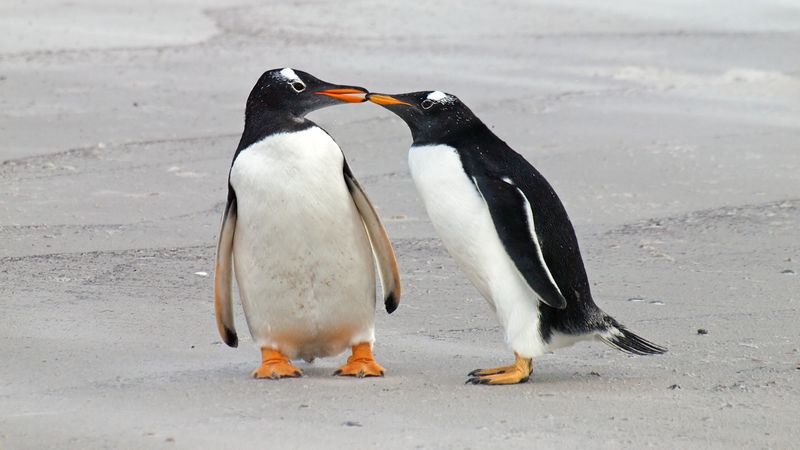
Penguins lead rich social lives, forming colonies that can number in the thousands. These gatherings offer safety in numbers, reducing the risk of predation. Within colonies, penguins establish social hierarchies and engage in cooperative behaviors, such as communal chick-rearing and group foraging. Their social interactions are complex, involving vocalizations and physical gestures to communicate. Colonies function as bustling hubs of activity, with individuals working together to meet their needs. Penguins’ social structures are intricate, reflecting their intelligence and adaptability. Their collective lifestyle ensures survival and success in challenging environments, where teamwork is essential.
Penguins’ Mysterious Migration
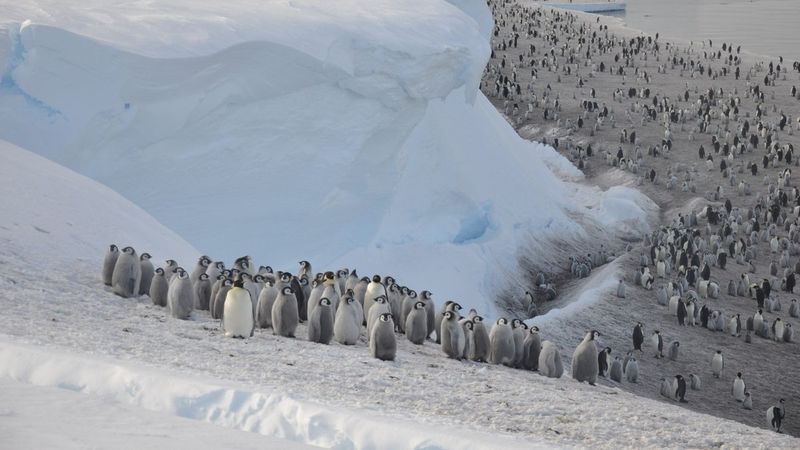
Penguins undertake mysterious migrations, traveling vast distances between breeding and feeding grounds. These journeys are guided by instinct, with some species covering thousands of kilometers annually. Migration routes vary, with some penguins traveling across oceans, while others move along coastlines. This nomadic lifestyle ensures access to abundant food sources and suitable breeding sites. Penguins’ migratory patterns remain a subject of scientific interest, with researchers studying their navigation skills and environmental cues. These epic journeys demonstrate penguins’ resilience and adaptability, as they traverse the globe to fulfill their life cycle needs, showcasing nature’s wonders.
Penguins’ Remarkable Diving Depths
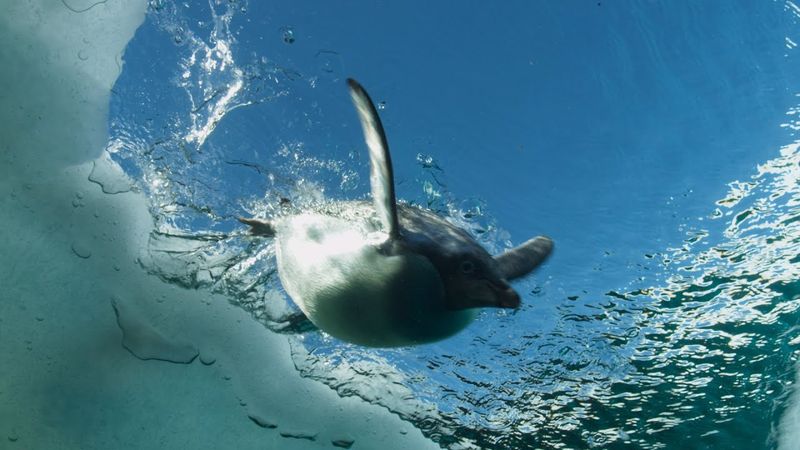
Penguins are remarkable divers, capable of plunging to impressive depths in search of food. Some species, like the Emperor penguin, can dive over 500 meters, navigating the ocean’s depths with ease. Their bodies are perfectly adapted for this task, with streamlined shapes and efficient oxygen management. Penguins can hold their breath for several minutes, allowing them to explore the underwater world extensively. These dives are crucial for accessing nutrient-rich waters, where prey like fish and squid abound. Penguins’ diving abilities highlight their mastery of aquatic environments, showcasing a blend of physical prowess and evolutionary adaptation.
Penguins’ Role in Ecosystems
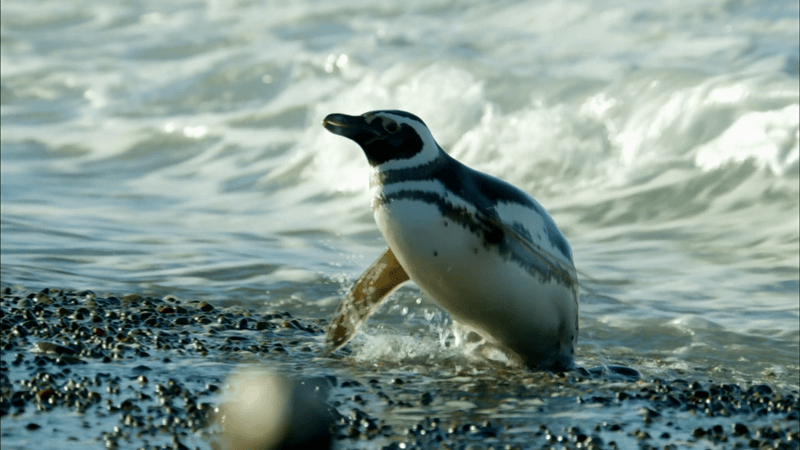
Penguins play a vital role in marine ecosystems, serving as both predators and prey. They consume significant amounts of fish, krill, and squid, influencing the populations of these species. Penguins’ presence in the food web contributes to the balance and health of marine environments. Additionally, they attract tourists and researchers, raising awareness about conservation needs. Penguins are indicators of ocean health, with fluctuations in their populations reflecting changes in marine ecosystems. Their ecological role is multifaceted, highlighting the interconnectedness of species and the importance of preserving biodiversity. Penguins’ existence is integral to the stability of their habitats.
Penguins’ Endearing Courtship Rituals
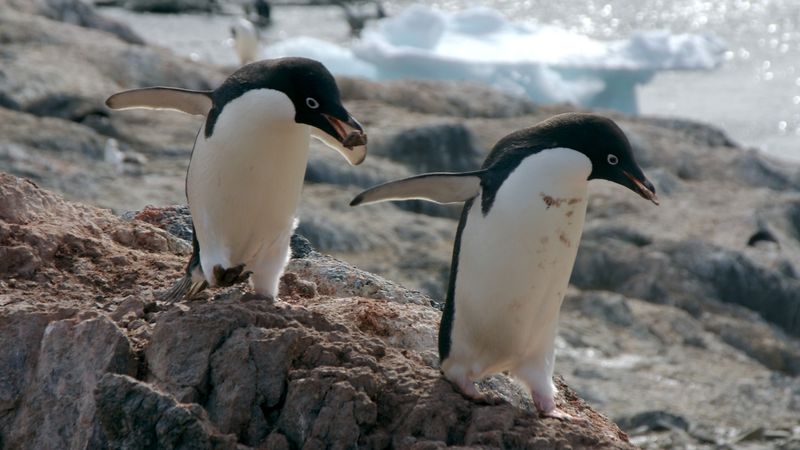
Penguins engage in endearing courtship rituals, displaying affection and bonding with potential mates. These rituals often involve vocal displays, bowing, and gift offerings, such as pebbles. This behavior strengthens pair bonds, essential for successful breeding. Penguins’ courtship is a spectacle of nature’s romance, highlighting the importance of partnership in raising offspring. Once a bond is formed, penguins work together throughout the breeding season, sharing responsibilities of incubation and chick-rearing. Their courtship rituals reflect their commitment to family and continuity, ensuring the next generation’s success. Penguins’ romantic gestures are a heartwarming aspect of their lives.
The Penguin’s Unique Feather Structure
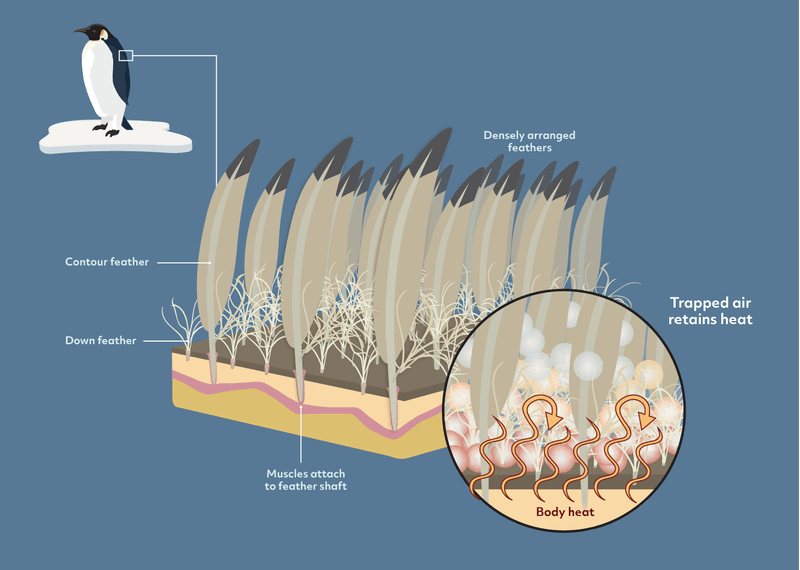
Penguins’ feathers are marvels of engineering, uniquely structured to provide insulation and water repellency. Each feather has dense, overlapping barbs, creating a waterproof barrier that keeps skin dry and warm. Penguins undergo a molting process annually, replacing old feathers to maintain their effectiveness. This adaptation is crucial for survival in cold, wet environments, allowing penguins to swim without losing body heat. The feather structure also aids in buoyancy, helping penguins float effortlessly in water. Their plumage is a testament to nature’s ingenuity, illustrating the intricate adaptations that enable penguins to thrive in challenging conditions.
Penguins’ Clever Use of Tools
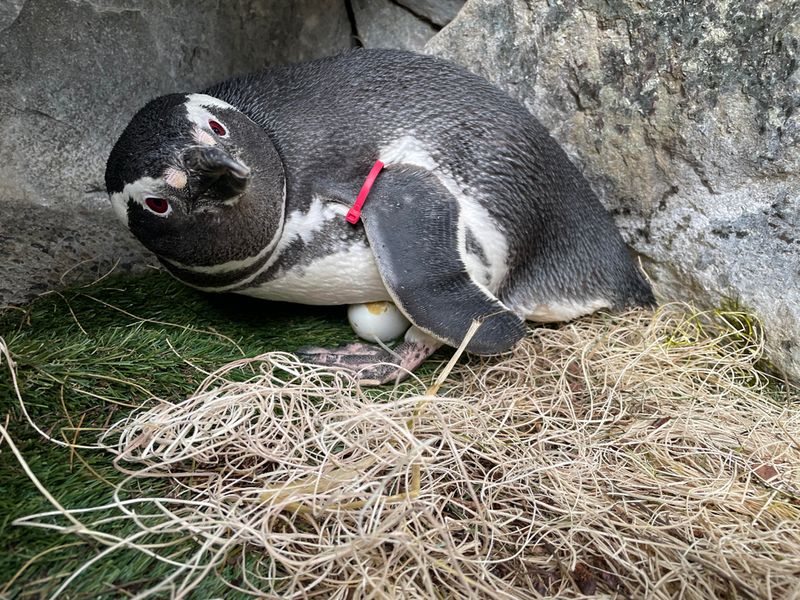
Penguins exhibit clever tool use, particularly in building nests. Some species, like the Gentoo penguin, collect stones to construct elevated nests, protecting eggs from flooding. This behavior demonstrates problem-solving skills and adaptability to environmental challenges. Tool use is a rare trait among birds, highlighting penguins’ intelligence and resourcefulness. Building sturdy nests requires selecting appropriate materials and carefully arranging them, a task that involves cooperation between mates. Penguins’ innovative nesting strategies showcase their ability to adapt to changing conditions, ensuring reproductive success. Their use of tools is a fascinating aspect of their behavior, reflecting their cognitive abilities.
Penguins’ Vocal Identity

Penguins possess a unique vocal identity, with distinct calls that enable them to recognize each other within noisy colonies. Each penguin has a signature call, used to locate mates and chicks amidst the bustling environment. This vocal recognition is crucial for maintaining family bonds and ensuring offspring care. Penguins’ ability to identify individual calls highlights their advanced communication skills and social complexity. Researchers study these vocalizations to understand the intricacies of penguin interactions. Their vocal identity is a testament to the sophisticated social structures within colonies, enabling penguins to thrive in crowded, dynamic settings.
Penguins’ Journey Through History
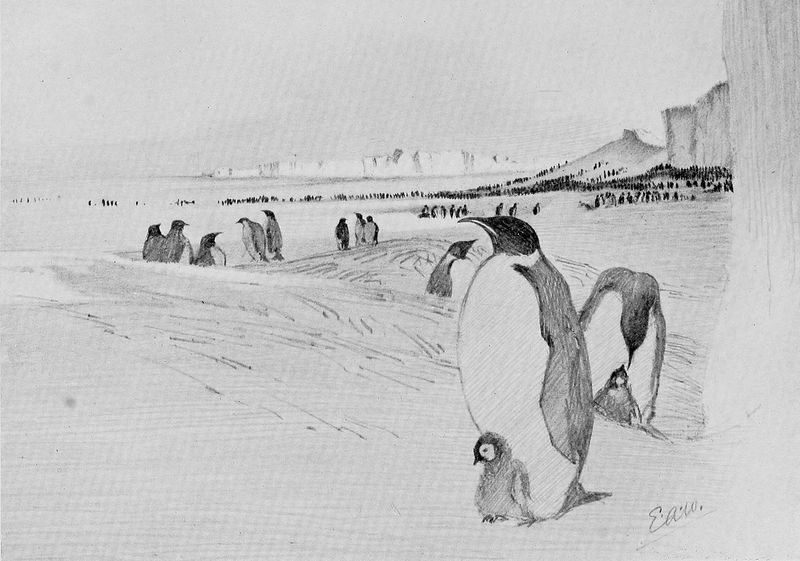
Penguins’ journey through history is a fascinating tale of evolution and adaptation. Fossil records reveal ancient penguin species that once roamed warmer regions, showcasing their evolutionary flexibility. Over millions of years, penguins have adapted to diverse climates, evolving specialized traits for survival. Their ancestors were likely capable of flight, gradually developing the unique adaptations seen today. This evolutionary journey illustrates the dynamic nature of life on Earth, with penguins as resilient and versatile survivors. Understanding their past helps scientists predict future changes, offering insights into how species may adapt to shifting environments. Penguins’ history is a testament to nature’s creativity and resilience.
Cultural Symbolism of Penguins
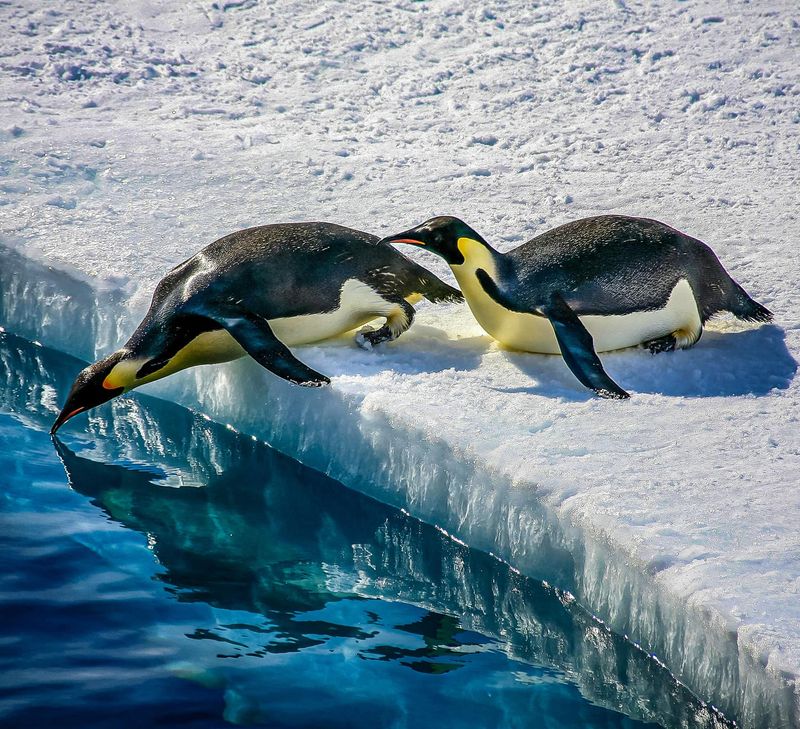
Penguins hold significant cultural symbolism, featuring prominently in art, literature, and media. Their unique appearance and behaviors have inspired stories, films, and cartoons, capturing the imagination of audiences worldwide. Penguins are often portrayed as symbols of resilience, adaptability, and social unity, reflecting their real-life traits. They also serve as mascots for conservation efforts, raising awareness about environmental issues. The cultural impact of penguins extends across generations, fostering a sense of wonder and appreciation for these remarkable birds. Their presence in culture highlights their enduring charm and significance, bridging the natural world with human creativity.

